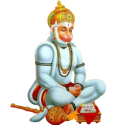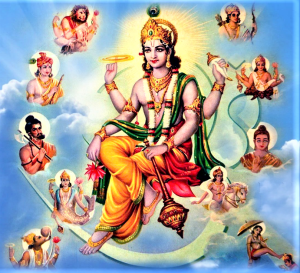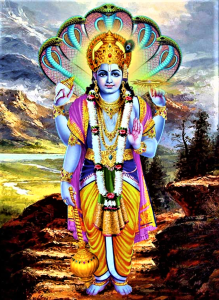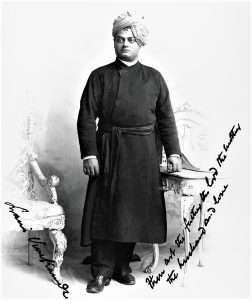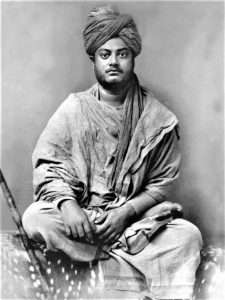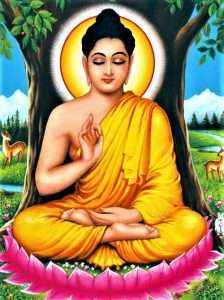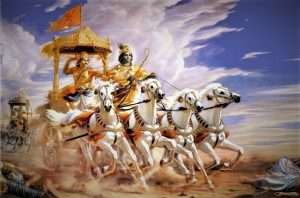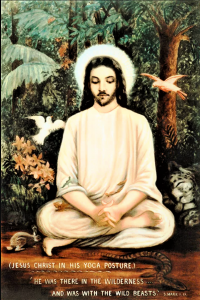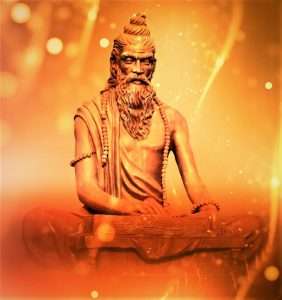Prana
Prana is a very important topic in Yoga and spirituality. In many scriptures of Yoga, prana has been detailed. Prana is the vital force which sustains not only an individual body but also the entire creation at every level. In this whole world whatever there is has originated from prana. Each science of Yoga such as chanting, mantra, pranayama, yajna, austerities, concentration and meditation aim at awakening and enhancing Prana within an individual or universe. In Raja Yoga, Swami Vivekananda writes beautiful chapters on prana and associated topics called “Prana” and “Psychic Prana”.
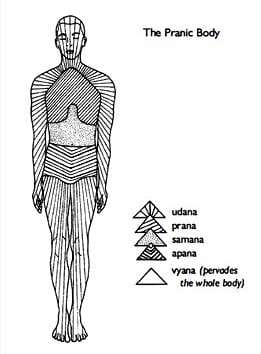
Prana – Swami Sivananda writes that “Prana is the sum total of all energy that is manifest in the universe”. It is the sum total of all the forces in nature. Heat, light, electricity, magnetism and so on are the manifestations of Prana.
A story from Upanishads about the importance of Prana – Once all deities of elements – ether, air, fire, water, earth, speech and mind – had arguments. Each one claimed their superiority to others about sustenance of body. Prana listened to the debate and said it was he, who divided himself into five parts and sustained the body. The deities did not agree to this. Therefore, Prana started to withdraw from the body. As a result of which all other deities found themselves withdrawing. As soon as Prana resettled in the body, the deities assumed their respective places. All the deities became convinced of Prana’s superiority.
What is Prana – Prana is a Sanskrit word. It is a combination of two syllables, Pra and Na which denote a force in constant motion. Scientific research describes prana as a combination of electrical, magnetic, electromagnetic, photonic, ocular, thermal and mental energies. Prana exists in both sentient and insentient beings. In sentient beings it is the energy that drives actions; voluntary and involuntary, thought, every level of mind and body. In the insentient being prana reflets as motion, growth and decay. The Chhandogya Upanishad (1:11:5) says – in prana all beings both moveable and immoveable merge during dissolution and rise out of prana during creation. Prana makes any motion possible such as blinking of eyes, splitting of atoms and so on.
Origin of Prana – During the process of creation of universe and individual existence, Ahamkara (Cosmic Egoa) interacts with Rajo Guna of Prakriti, which creates Prana. The Same Cosmic Ego interacts with Sattva Guna of Prakriti, which creates Mind. Prana is gross and Mind is subtle. Prana is formed out of the sum total of Rajasic essence of the five Tanmatras (subtle elements) whereas Mind is formed out of the conglomerate Sattvic essence of the five Tanmatras (subtle elements). That’s why Prana is grosser than Mind.
Universal prana – At the very beginning, there was not even creation. What existed was an, unmanifest consciousness (Chitta) in a state of perfect stillness, equilibrium and harmony. In this utter stillness, there came a movement. It is the first movement and a moment of becoming from being as the first manifestation of prana. This primal energy is called Universal prana (Mahaprana). Both prana and consciousness are there for life to exist.
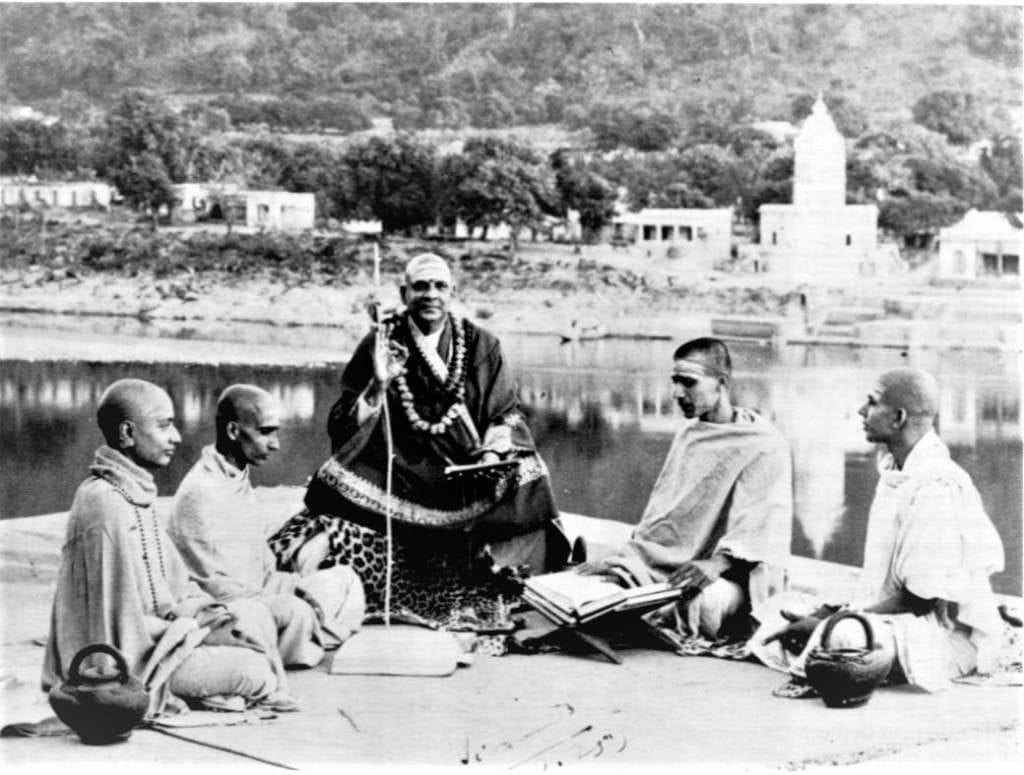
Individual prana – An individual’s personality, capacity, health, success, maturity, power, speciality and so on that he reflects is the quantum of prana he has. Prana is sometimes translated as breath but prana is not the oxygen in the air. Some Yogis stooped their breathing for long periods of time and yet continue to live. Such experiment was done at the Menninger Foundation, USA with Swami Nadabrahmananda who was disciple of Swami Sivananda Saraswati of Rishikesh. He had perfected Nada Yoga. He could remain comfortably without breathing for extended periods.
Source of Prana – Food and air are the vital sources of Prana. The Bhagavad Gita (17-8,9,10), talks about Sattvic, Rajasic and Tamasic food and quality of Prana in them. Sattvik food has the most amount of Prana. In this context, a method was developed by Andra Simoneton of France for establishing the Pranic value of food. Pure air is essential for life and accumulation of Prana. The quality of air also affects one’s energy level instantly.
Prana and five Kosha – All the five sheaths are pervaded by Prana. The movement from one Kosha to another happens with the help of Prana. The Pranamaya Kosha acts as a neutral space like a neutral gear in a car, which allows awareness to move from Annamaya to Manomaya, Manomaya to Vigyanamaya, Vigyanamaya to Anandamaya and so on. With the activation of Prana, one gains access to the physical, mental, psychic and spiritual dimensions.
Kinds of Prana/Pancha Prana and their functions – There are five kinds of Prana known as pancha Prana. They are called Prana, Apana, Samana, Udana and Vyana. The five Prana are responsible for creation, existence and decomposition at the individual level. Prana performs respiration, Apana performs excretion, Samana performs digestion, Udana performs deglutition (swallowing of the food), sleep and separates astral body from physical body at the time of death. Vyana performs circulation of blood.
Seat of Prana – The seat of Prana is heart. Although Prana is one, it assumes five forms viz., Prana, Apana, Samana, Udana and Vyana according to the different functions it performs. Prana and Apana are the chief among all Pranas. The seat of Prana is heart; of Apana, anus; of Samana, naval; of Udana, throat. Vyana is all-pervading which moves all over the body.
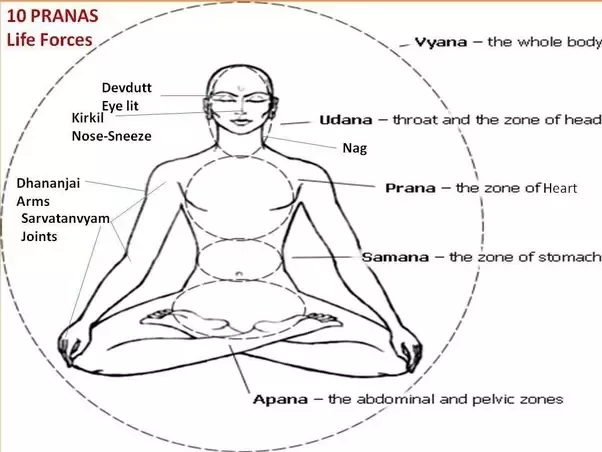
The Colour of Prana – Swami Sivananda mentions about this in his book “The Science of Pranayama”. He writes that Prana is of the colour of blood, red gem or coral. Apana is of the colour of Indragopa (an insect of white or red colour). Samana is of the colour between that of pure milk or crystal or of oily and shining colour i.e., of something between both Prana and Apana. Udana is of Apandura (pale white) colour. Vyana, resembles the colour of archil (or that of ray of light). The similar reference we can find in Amritanada Upanishad (v. 34-37) which describes the colours of the different pranas. It says Prana is said to be blood-red, the colour of ruby or coral, Apana is the colour of Indragopa (an insect which is white or red in colour), Samana is in-between the colour of pure milk and crystal (oily and shining), Udana is apandara (pale white) and Vyana is the colour oiarchis (a ray of light).
Sub-Prana and their functions – There are five sub Prana. They are Naga, Kurma, Krikara, Devadatta and Dhananjaya. Naga performs eructation and hiccup, Kurma performs opening the eyes, Krikara brings hunger and thirst, Devadatta performs yawning and Dhananjaya performs decomposition of body after death.
Union of Prana and Apana – The union of Prana and Apana and vice-versa is one of the most important achievements in Yoga. The union of these two opposite forces, ceases the influence of duality and mind becomes quiet. This is a very important step towards Kundalini awakening. There is a reference to this in the fourth chapter of Bhagavad Gita where God Sri Krishna instructs Arjuna. He says – “Apana is merged in Prana (by some Yogis) and Prana in Apana by others. By restraining the movements of Prana and Apana, the Yogi is fully absorbed in trance.” Siddhasana, Kriya Yoga, Jalandhara, Moola and Uddiyana Bandha, Nauli, Pranayama with inhalation, exhalation and retention are some of the practices with the help of which the union of Prana and Apana happens at Ajna Chakra.
Yogis who had Pranic powers – Swami Sivananda writes that many Yogis of past like Sri Jnanadeva, Trailinga Swami, Ramalinga Swami and others had utilised this breath, this force, the Prana, in a variety of ways. You can also do so, if you practise Pranayama by prescribed breathing exercises. It is Prana that you are breathing rather than the atmospheric air. In USA, an experiment in Louisiana State University was conducted, on Swami Nada Brahmananda with his body smeared in wax, enclosed in a glass chamber devoid of air, food and water. He sustained himself in that glass enclosure void of air, food and water. It was scientifically proven that it is not oxygen on which the body survives but there exists a force beyond. The enlightened masters had realised this force, prana; the ultimate force, of which life force is just a part.
Simple breathing technique by Swami Sivananda for Pranic control – Inhale slowly and steadily with a concentrated mind. Retain it as long as you can do it comfortably. Then exhale slowly. There should be no strain in any stage of Pranayama. Realise the occult inner life -powers which underlie the breath. Become a Yogi and radiate joy, light and power all around you.
Detailed discussion on five major Prana
-
Prana

Physical level – This energy is in the thoracic region. At physical level, this force maintains the heart and lungs, and the activities in the area such as breathing, swallowing and circulation of blood. This force is so essential that if its activity obstructs or ceases for even small span of time then death may occur. This is experienced as light particles with upwards movement in the chest region. It controls the other four pranas.
Mental level – At mental level, prana receives impressions and ideas. It energizes all the koshas. It moves from Anahata Chakra to Vishuddhi Chakra.
Signs of imbalance – Improper functioning of heart and lungs, poor intake of oxygen, inability to build positive impressions, lack of concentration and intuitive knowledge.
-
Apana
Physical level – This energy is between the navel and the perineum. It allows the functions of kidneys, bladder, bowels, excretory and reproductive organs. It helps in the expulsion of gas, wind, faeces, urine, semen and ova. It nourishes also the foetus and expels it from the uterus which facilitates childbirth. It is experienced as light particles moving downwards from the navel to the perineum.
Mental level – At mental level, Apana brings one-pointedness of mind, intuitive knowledge, control of the sexual drive and removes negative thoughts and emotions. It brings energy down through the Kosha. Apana moves in the range of Swadhisthana and Mooladhara Chakra.
Signs of imbalance – Poor elimination, low energy, depression and negativity.
-

Swami Nadabrahmananda Samana
Physical level – This energy is between navel and diaphragm. It controls organs of digestion like liver, stomach, duodenum, spleen and small and large intestines. Samana is responsible for metabolism and brings nourishment to body. It balances the two opposite forces of Prana and Apana. Samana is experienced as lateral/sideways movement of light.
Mental level – At mental level Sanama brings cohesion and balance between five Koshas.
Signs of imbalance – Poor assimilation of food, psychological blockage and agitation.
-
Udana
Physical level – This energy locates in the extremities of body like arms, legs, neck and head. It governs sense organs and organs of action. Samana controls the movements of legs, arms and neck. It directs also the activities of brain and sensory organs in the head region such as eyes – vision; ears – hearing; tongue – taste; nose – smell; skin – touch and sensation. Hands, feet and speech are controlled by Udana but other two anus and penus/vagina are the controlled by Apana. Intake of food, drink, vomiting, spitting and swallowing, all functions of throat and mouth and anti-gravitational activities of body (particularly by hands and feet) and the functions of Udana.
Mental level – At mental level it helps to maintain positive thoughts. It is responsible for functions of speech. It acts as a link between gross, subtle and causal bodies. Udana is experienced as spiral flow of light in the arms, legs and through head. Control of Undana makes one become free from hunger, thirst, sleep and drowsiness.
Signs of imbalance – Breathing problems, deficient physical and mental work, unclearity, unclear expression, unclear speech, lack of will and cheerfulness.
-
Vyana
Physical level – This energy situates throughout the whole body. It acts as a reserve energy and helps other pranas if they require energy. When we are tired suddenly a gush of energy comes which empowers us. This acts like ‘second wind’ and this is experience of Vyana. Vyana regulates muscular movements. It helps other pranas to function properly.
Mental level – At mental level Vyana helps circulation through five koshas. It causes excitement and makes the mind intense.
Signs of imbalance – Lack of coordination, shaking, restlessness of mind and wandering tendency.
Five tools to experience Prana
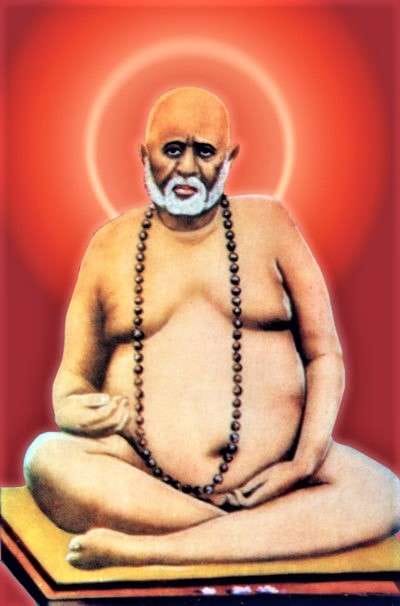
In Prana and Pranayama by Swami Niranjananda Saraswati, he prescribes five important tools to experience the perception and experience of prana. They are – Psychic breath, Psychic passage, Psychic centre, Psychic sound and Psychic symbol.
Psychic breath – Psychic breathing is breathing with awareness. It involves Ujjayi breath, awareness and Khechari mudra.
Psychic passage – Psychic passage refers to any pathway in the body that a practitioner mentally creates through which awareness, breath and prana are directed together. The passage can be made anywhere in the body. Use of Ujjayi pranayama, makes the actual pranic transfer possible.
Psychic centre – Psychic centres are Chakras. According to ancient scriptures, prana is generated at Mooladhara, stored at Manipura, purified at Vishuddhi and distributed from Ajna. These four chakras are used in the practice of Prana vidya to experience Prana and Chakra awakening.
Psychic sound – Psychic sound means inner sound mentioned in Yogic texts such as sound of bees, bells, conch, flute, lute, cymbals, drums and thunder. Through the awareness of inner sound one can experience Prana.
Psychic symbol – Psychic symbol can be any object of concentration such as a yantra, mandala, candle flame, natural scene, sun, moon, star, cloud, mountain, lake, flower, sea shell or anything that can attracts one’s mind. Concentration on psychic symbol enables one to access deeper levels of consciousness.
With Love and Gratefulness (Founder Rohit Kumar)
Source – Ancient texts of Yoga, words of Swami Sivananda, Swami Satyananda, Swami Niranjanananda Sawaswati and personal study.
Hari Om Tat Sat!

